Not much is slowing down John Hoyt these days, even though he’s only a couple of months removed from a stroke.
“It was quite an event,” John said of his April 28 stroke.
That day was like any other for the then-69-year-old. Around 5:30 p.m., after feeding the dogs, he reached up to put a bowl of venison stroganoff into the microwave above the counter.
As he lifted his arm, he dropped the bowl.
“Oh shoot, I made a mess,” he recalls thinking to himself.
He reached up again to put the bowl in the microwave. He dropped it again.
His mind raced back to 2004, when he had spilled a cup of coffee several times. It had been a stroke that time, too.
He leaned against the counter.
“I said, ‘Oh Lord, help me. If I’m having a stroke, please help me recover,’” John recalled.
As he went to pick up the bowl, he collapsed on the floor. It felt all too familiar. All too terrifying.
Then, his world began to grow dark.
“I crawled to the chair in the dining room, but I couldn’t get up,” he said.
Right about then his wife, Barbara, came home. John estimates he’d been down about 15 minutes.
“She came in when I was trying to get up,” he said. “My right leg wouldn’t work. I thought I was talking to her but I was just mumbling.”
Barbara immediately dialed 911.
“This was not our first rodeo,” she said. “He had one other minor stroke. He came out of that one in the ambulance on the way to the hospital.”
But this time, he didn’t recover in the ambulance en route to the hospital.
Feeling good
When Barbara arrived at Spectrum Health Butterworth Hospital, her husband had already gone through a CT scan.
“They had already determined he had a blood clot,” Barbara said. “The neurosurgeon had already been called. They did some verbal tests on John. He was answering in gibberish. He couldn’t lift his left hand. A nurse navigator stayed with me the whole time.”
At 7:20 p.m., they wheeled John into surgery for a thrombectomy.
Paul Mazaris, MD, a Spectrum Health Medical Group neurosurgeon, told Barbara her husband’s surgery could take 30 minutes to six hours.
“They didn’t know what they were going to find,” she said. “I kind of hunkered down and texted the family. I couldn’t have asked for a better procedure. They were done in 20 minutes.”
Immediately afterward, John began to recover.
“At 9:30 p.m. they were testing him—what’s your name, birthday, what year is it, who is the president, move your left hand, push on my hand,” she said. “He was answering, he was doing everything. I kind of looked and said, ‘He’s OK?’ They said, ‘Yeah.’
Barbara slept at home that night. When she returned the next morning, she found John sitting up in the hospital bed eating French toast and a ham and cheese omelet.
“He was absolutely fine,” she said.
By Sunday, he returned home.
“I’m feeling good,” said John, who turned 70 on June 19. “I have no side (effects). I’m doing everything. I’ve got the pontoon up and running and I’ve been driving that. I’ve been driving the moped. Now, I’m painting a closet.”
He’s spending his summer hauling in bluegills, cleaning and cooking them.
He may be running out of last year’s stock of fish in the freezer, but like his life—and his energy level—he’s replenishing.
“I’m just doing everything,” John said. “I’m on the beach, mowing the lawn, everything. Everybody is just amazed. They joke that I’m doing better than they are. I’m a positive person and I remain positive. My love for Jesus and my religious vows are still strong, too.”
Roto-Rooter
Dr. Mazaris said John is one of the lucky ones.
“Stroke can be catastrophic,” Dr. Mazaris said. “Depending on how large the stroke, symptoms can range from very mild (numbness) to life-threatening (brain herniation).”
In the last three years, mechanical thrombectomy has played a huge role in positive outcomes.
“A mechanical thrombectomy is an emergent procedure performed for acute stroke,” Dr. Mazaris said. “A stroke is when someone has an occluded artery in the brain, most commonly from a blood clot.”
Since blood isn’t reaching that part of the brain, the patient may exhibit symptoms such as weakness on the left or right side, as well as facial droop or difficulty speaking.
“A mechanical thrombectomy, in layperson’s terms, is essentially like a Roto-Rooter of the (blocked) blood vessel,” Dr. Mazaris said.
Similar to a clogged pipe, a device called a stent retriever is passed across the occluded blood vessel to open it and reestablish blood flow.
“This is an increasingly common procedure, especially in the last three years,” he said. “It is a very exciting time with regards to stroke research and treatment, especially mechanical thrombectomy.”
Dr. Mazaris said he’s impressed with John’s recovery.
“John is doing fantastic,” he said. “He is back to his baseline and has no residual symptoms.”
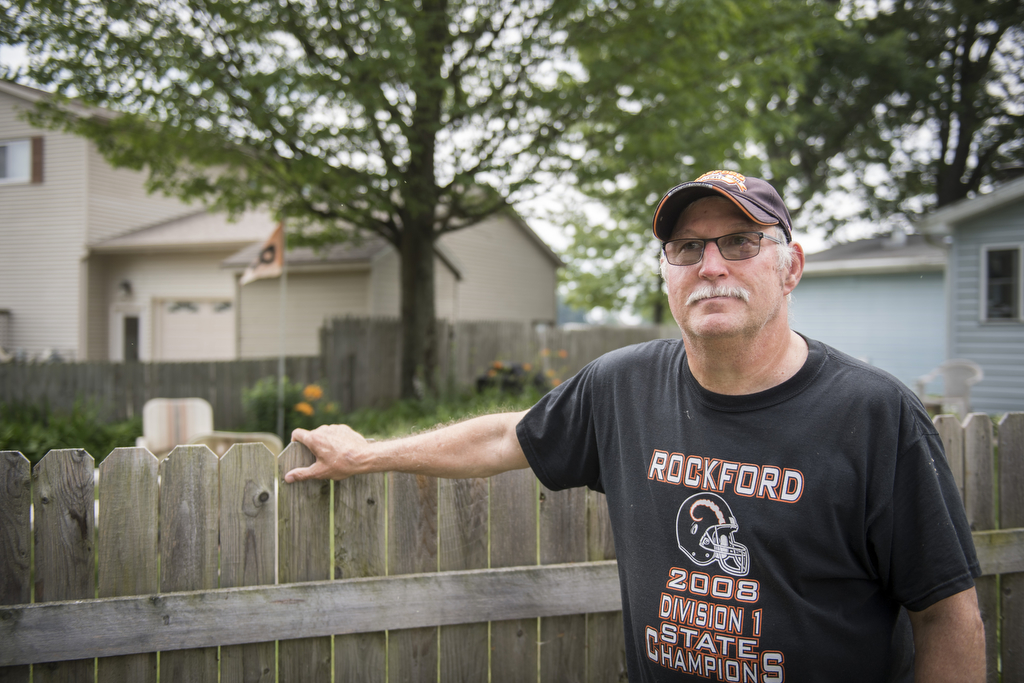
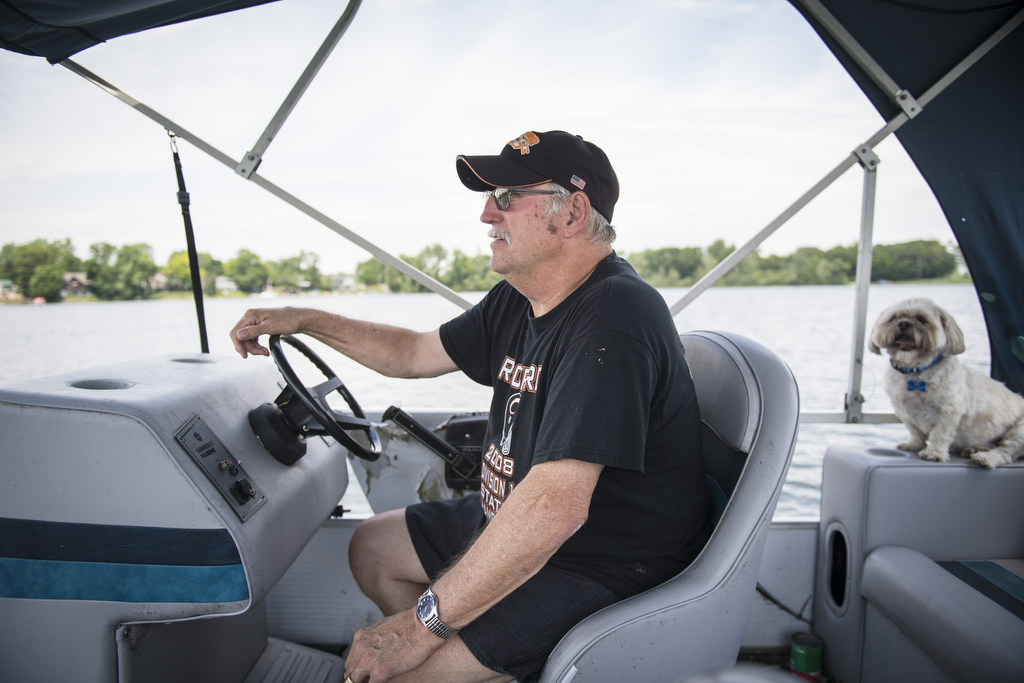
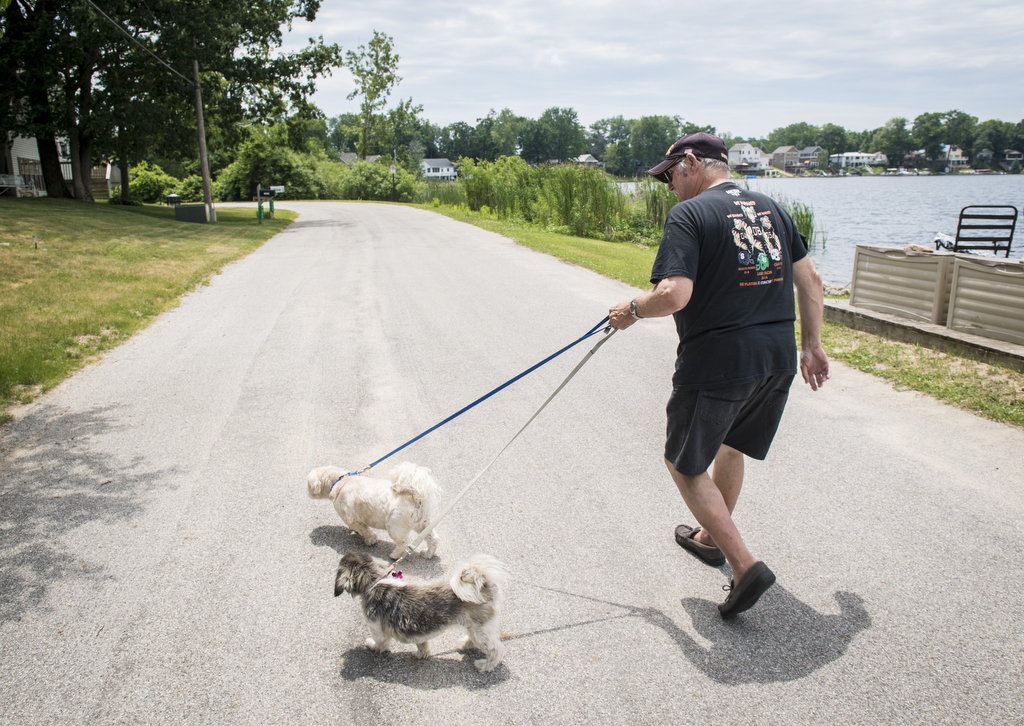

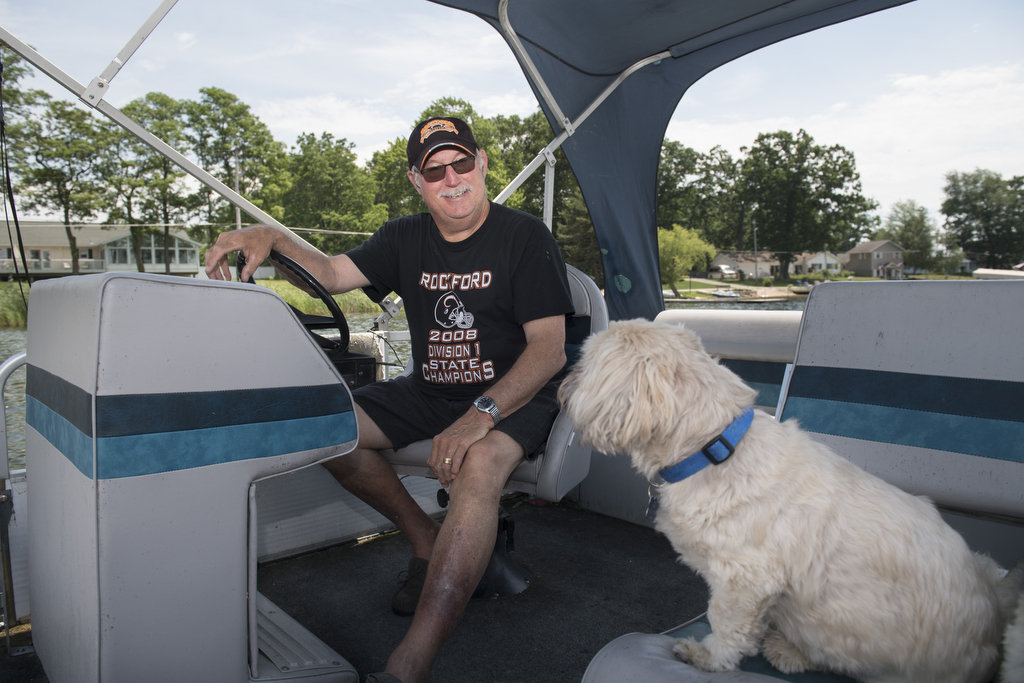

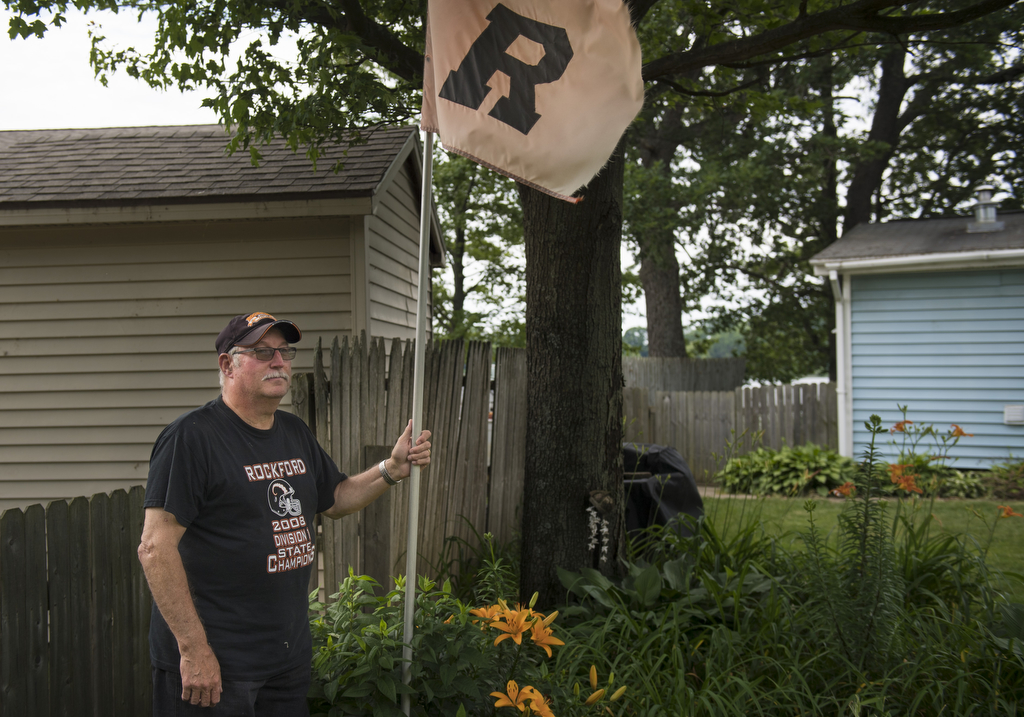
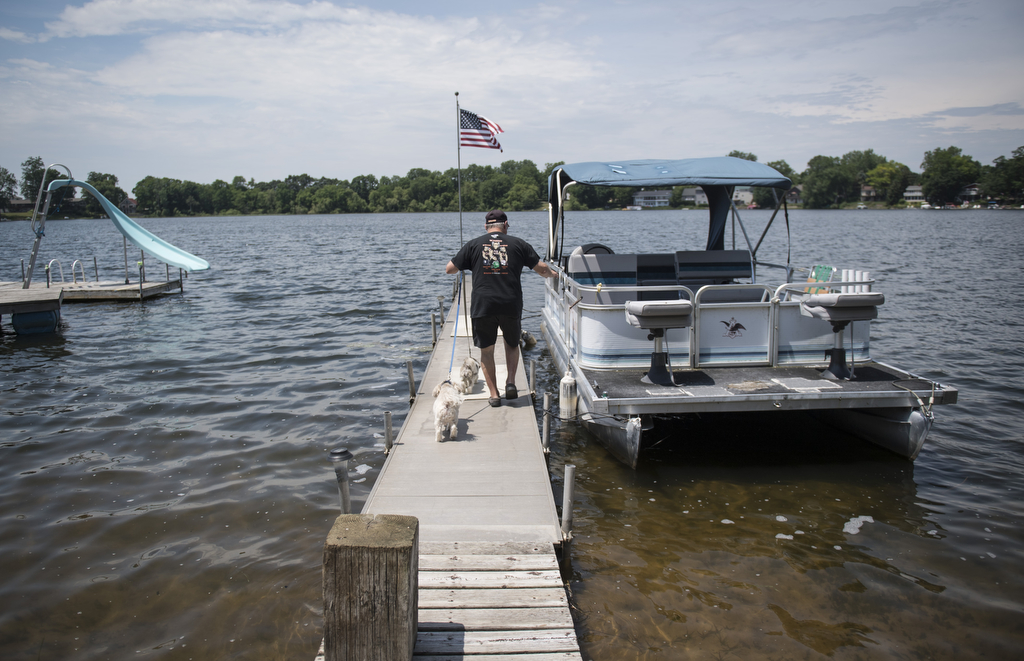


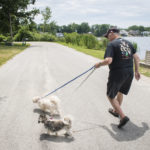





 /a>
/a>
 /a>
/a>
 /a>
/a>
Dear Marie Havenga,
Thank You so much for this Article on myself & All the Doctors, Assistants, Workers at Spectrum Butterworth, the Emergencyy & our Lake Township’s Fire Chief Steven Mozjuk & E.T. personnel in helping/ And to my wife, the KEY in this incident from the Start!!
Thank You Also, for writing down to Express my Strong Convictions of my religious preferences of Christian & Jesus as I feel its a KEY to Being Kind & Enjoy Life with a SMILE & BEING Postive.
I hope this article you wrote can help others in their Recovery as well as with positive outcome CAN HAPPEN to Them as well.
Thanks to Taylor Ballek for her professionalism, and wish her luck on her new home!
Kind Regards,
John E. Hoyt
Very kind comments, John. Thank you for participating in a Health Beat story and for being a reader! Your story will surely help others on their health care journeys. Best wishes to you!
Great story! Nice to know Spectrum is so well equipped!!